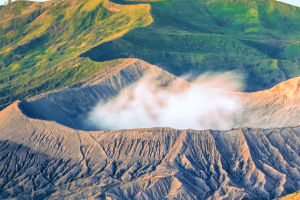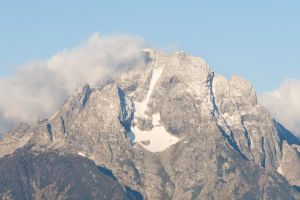Photography has come a long way since its invention. In today's age, photography is not only about capturing a moment in time, but it is also about capturing it most creatively and beautifully as possible.
One of the most beautiful forms of photography is reflection photography. Reflection photography involves capturing the reflection of an object or scene on a reflective surface like water or glass.
Reflection photography is all about capturing the interplay between light and shadow, which is the essence of visual art. By using reflections in photography, even the simplest of pictures can become more connotative and artistic. Reflections can be seen everywhere in life, be it after the rain, on water surfaces, glass, ice, or polished floors. The list is endless. With a little attention to detail, photographers can capture attractive masterpieces.
The first step in reflection photography is to find the right interface to capture reflections. Once you train your eye to identify reflections, you will realize that opportunities to photograph reflections are everywhere. Water surfaces are one of the most common sources of good reflections. Any type of water surface can be used for reflection photography.
Besides water, glass surfaces, shiny car bodies, wet tarmacs, ice, or even objects like sunglasses can be excellent interfaces for reflection photography. These interfaces can be found everywhere, so if you look hard enough, you will always find something different.
Regardless of the type of reflection, it can be the best backdrop for a picture and can magnify the beauty of the lens. In our travels, we can find reflections almost everywhere, from rivers and lakes to ponds, floors, and windows.
We just need to pay attention to the scene in the downlight or sidelight. The outline and color of the water reflection are the clearest and most beautiful during sunrise and sunset when the weather is calm like a mirror. This is the best time to shoot the reflection.
When the lighting is good, you can use average metering. During sunrise and sunset, meter the bright places, use a smaller aperture and increase the depth of field to ensure the scene and its reflection are very clear.
A tripod and necessary filters are the keys to successful reflection photography. A tripod can ensure sharp images even at a small aperture or during long exposures. A CPL polarizer can better eliminate the reflection of the water surface and highlight the reflection in the water.
A medium gray gradient filter can be used to prevent overexposure to the sky. Especially, CPL is very important for shooting reflections.
In the natural environment, we must try different perspectives to find the best shooting angle. Whether to put the reflection in the picture to form a symmetrical or use asymmetric composition, is a matter of personal preference.
There is no certainty, and specific issues require specific analysis. Intermittent or partial reflections in the water often get unexpected effects, and we should pay attention to capturing them. We must find and practice more to accumulate experience so that we can capture beautiful reflection photography.
Reflection photography is a form of expression with many variations. There is no certain rule for shooting different beautiful reflections, but we must master shutter speed. A rapid capture can make the water frame and the reflection look like a real and fake world.
A slow shutter speed can defocus the details of the reflection to create a dynamic and special mood. All of these need to be found and exercised in practice.
In conclusion, reflection photography is a beautiful and artistic way of capturing the interplay between light and shadow. It is all about finding the right interface, choosing the right angle and perspective, and mastering shutter speed. With practice, anyone can capture stunning reflection photography.


